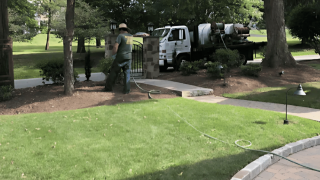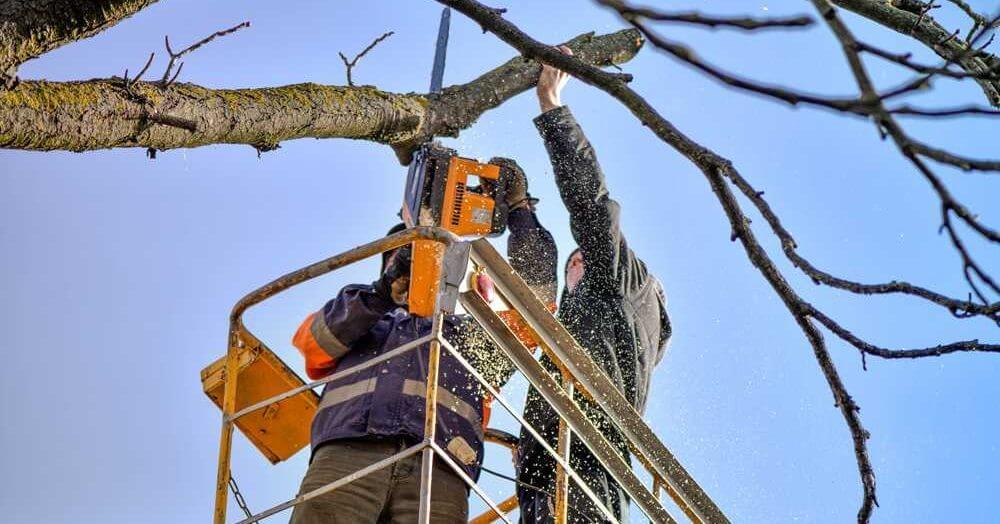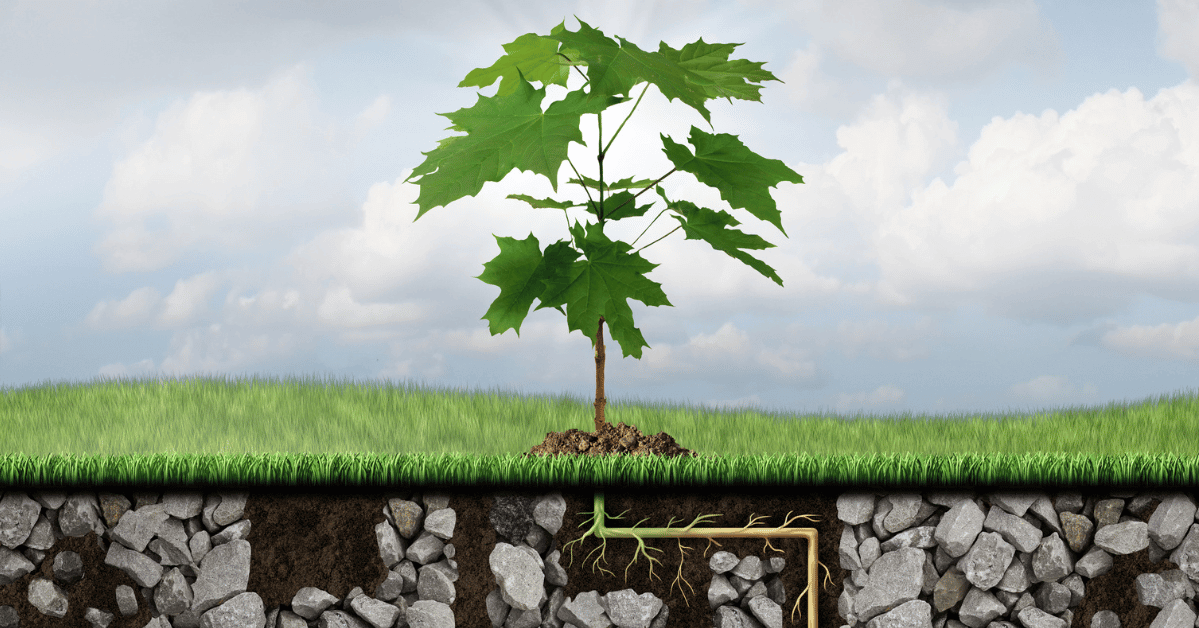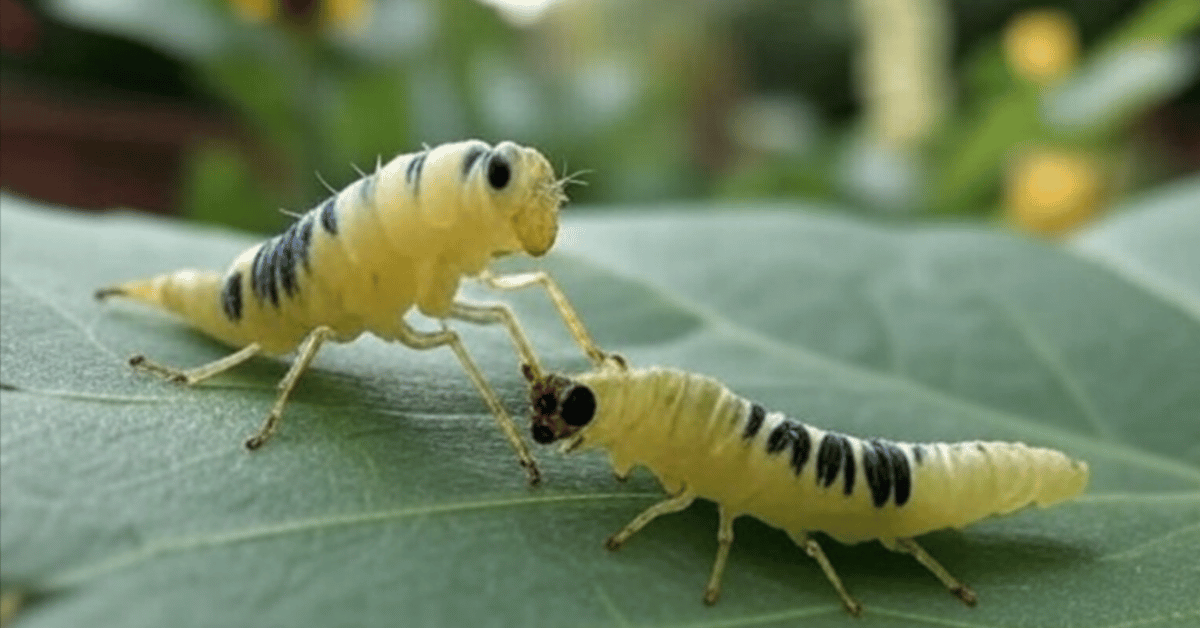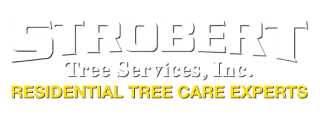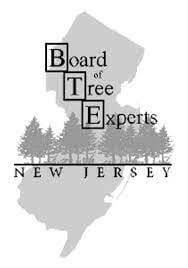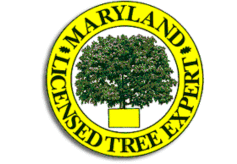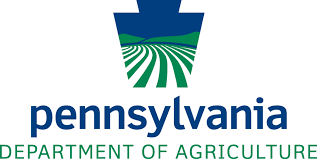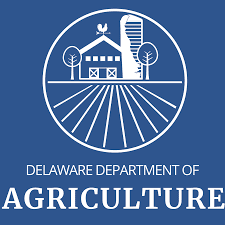Healthy trees don’t just happen on their own. They need care, attention, and protection from the diseases and pests that threaten them every season. From leaf spots and wilting to invasive insects, problems can show up quickly and spread even faster. Knowing how to recognize early warning signs and what treatment options are available is the first step in keeping your landscape safe and thriving.
What You Can Expect from Strobert's Tree Disease Treatment Services
The first step in dealing with a stressed tree is to carefully look at it. To find the problem, they look at the canopy, bark, soil, and root zone. Once the problem is identified, you'll receive a clear explanation of what's happening and the available treatments.
Sprays that target specific areas, trunk injections, or soil care that enhances the tree's natural defenses are all possible solutions. Sometimes, cutting back branches that are infected or letting more air into the tree can help slow the spread of disease.
A big part of disease treatment is also stopping things before they happen. Arborists at Strobert Tree Service don't look for quick fixes. Instead, we work toward long-term health by monitoring for early warning signs, improving soil conditions, and making plans to prevent pests and pathogens from recurring. All of the suggestions are safe, practical, and meant to protect trees and landscapes, thanks to the knowledge of our certified arborists.
Common Pests and Diseases of Trees
Many common diseases and pests can weaken or even kill healthy trees if ignored. Fungal issues, such as Dutch elm disease, rhizosphaera needle cast, and anthracnose, often manifest as spots on leaves, wilting, or premature leaf fall. Emerald ash borer, bark beetles, and spruce spider mites are some insects that attack wood, bark, or needles. This makes trees weak and stressed.
Bacterial infections, such as fire blight, can cause shoots to turn black and die suddenly. Other serious diseases, such as oak wilt, root rot, and needle blight, can spread rapidly through branches or roots and sometimes kill the entire tree. They all have different symptoms, but they all need to be looked at before they get worse.
Ways to Treat and Control
The right treatment begins with an accurate diagnosis. Depending on the issue, this may involve sprays, trunk injections, or soil drenches to fight fungi and insects. Biological controls, such as releasing beneficial insects, can also be effective. Cultural practices like pruning, improving airflow, and removing infected material play a vital role in preventing disease from spreading. No two trees respond the same way, which is why a customized approach matters.
Health Management for Roots and Soil
Strong trees grow in strong soil. Fertilizing, mulching, and aerating the soil correctly keep roots healthy and help trees fight off pests and diseases. What happens above ground is just as important as what happens below ground. Keeping heavy traffic, compaction, or construction damage away from the root zone is just as important. Resilience depends on having the right nutrients, good drainage, and healthy organic matter.
Services from Certified Arborists
Certified arborists bring expertise and careful observation to tree care. A full inspection may include soil testing, risk assessments, and health evaluations. With this information, a plant health care specialist can identify diseases and recommend treatments ranging from fungicide applications to cultural adjustments.
The value of working with a certified professional goes beyond diagnosis. Arborists design care plans that combine treatment, monitoring, and preventive strategies. They also consider safety, ensuring trees remain stable around homes and property. With experience and training, they give trees the best chance to thrive.
Personalized Treatment Plans
There are no two properties or trees that are the same. The type of tree, the type of soil, the climate, and the conditions at the site all affect how treatment plans are made. Some trees only require annual checks and preventive chemical applications, while others necessitate more frequent treatments and monitoring. A customized plan minimizes the use of chemicals and ensures that resources are allocated where they will have the greatest impact.
Disease and Pest Identification
Early detection makes treatment easier and more effective. Inspections look for leaf discoloration, bark changes, unusual growths, or insect activity. Pests may leave behind sawdust, webs, or exit holes. Diseases often show up as leaf loss patterns or swelling in branches. Catching these signs early prevents major damage.
Monitoring and Preventive Care
Prevention saves time, money, and trees. Routine monitoring allows issues to be caught before they spread. Seasonal check-ups, soil testing, and preventive treatments like fungicide sprays or insect barriers help reduce risks. Proper pruning, watering, and mulching also lower stress and keep trees stronger against future threats.
Frequently Asked Questions and Resources
What diseases should I be aware of?
Apple scab or anthracnose disease are two diseases that can cause leaf spots and early drop. Another common problem is chlorosis, which is when leaves turn yellow because they don't have enough nutrients or the soil isn't good enough.
Are there serious threats that require immediate attention?
Yes. If you don't treat them, Dutch elm disease and oak wilt can spread quickly and kill trees. Root rot disease is just as bad because it hurts both health and stability.
Is it possible to fix these issues?
A lot of them can. For instance, treating fusarium wilt means making the soil healthier, getting rid of infected material, and using fungicides that work on specific plants. Some, like xylella fastidiosa, are harder to control, so it's very important to check trees and take care of them before they get sick.
Where can I find reliable information?
Trusted tree and lawn care websites are the best sources for information on identifying and controlling tree fungus. Cooperative extensions, networks of certified arborists, and trade groups all offer useful guides. Regularly checking on trees makes sure that problems are found before they get worse.
Conclusion
Healthy trees add beauty, shade, and value to any property. Finding diseases early, administering the right treatments, and monitoring them closely are all crucial for maintaining their safety. Each step, from taking care of the soil to making personalized treatment plans, makes trees stronger and more resilient.
Reach out today for a professional tree health assessment. Our certified team can determine the best approach to protect your property and preserve your trees.


